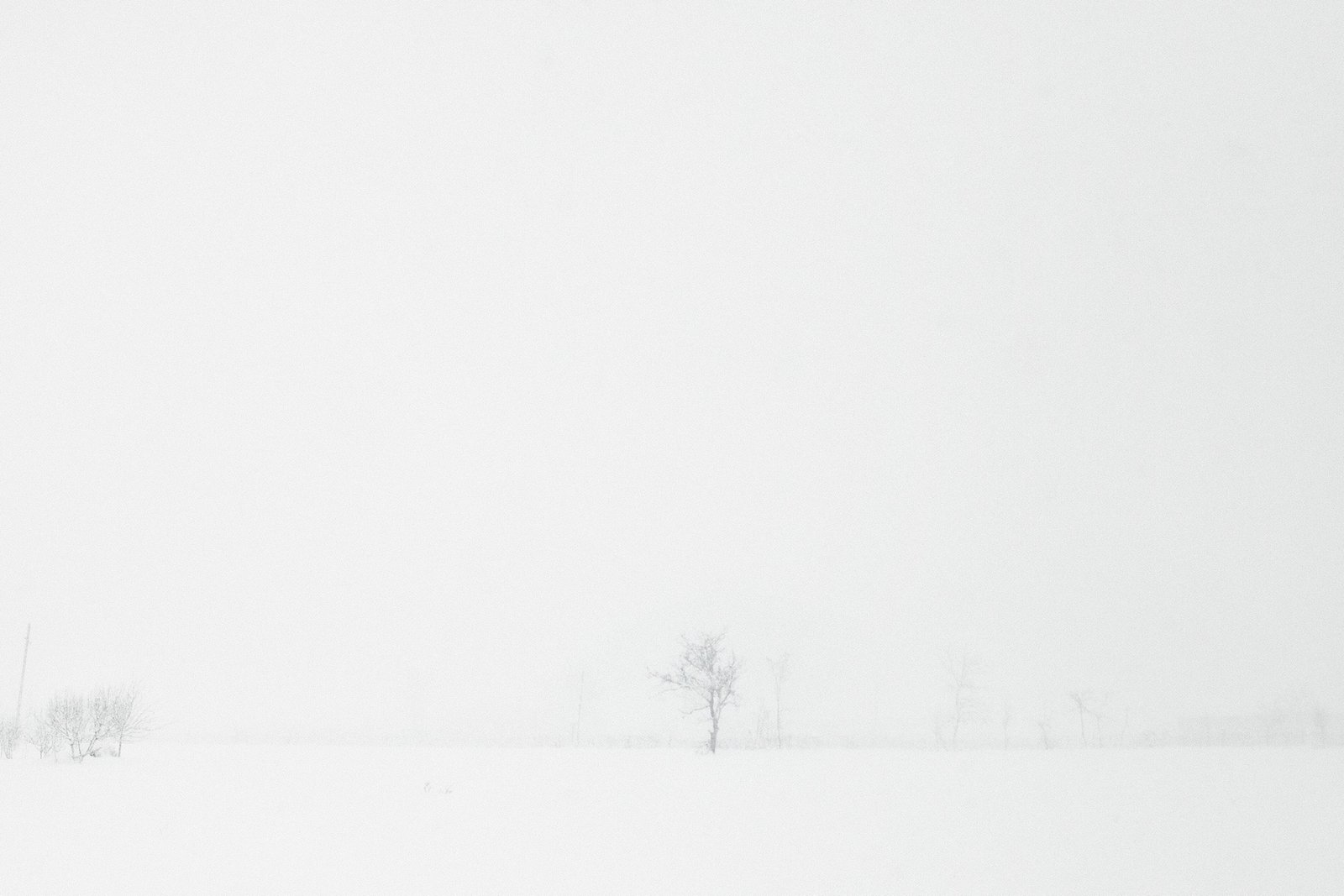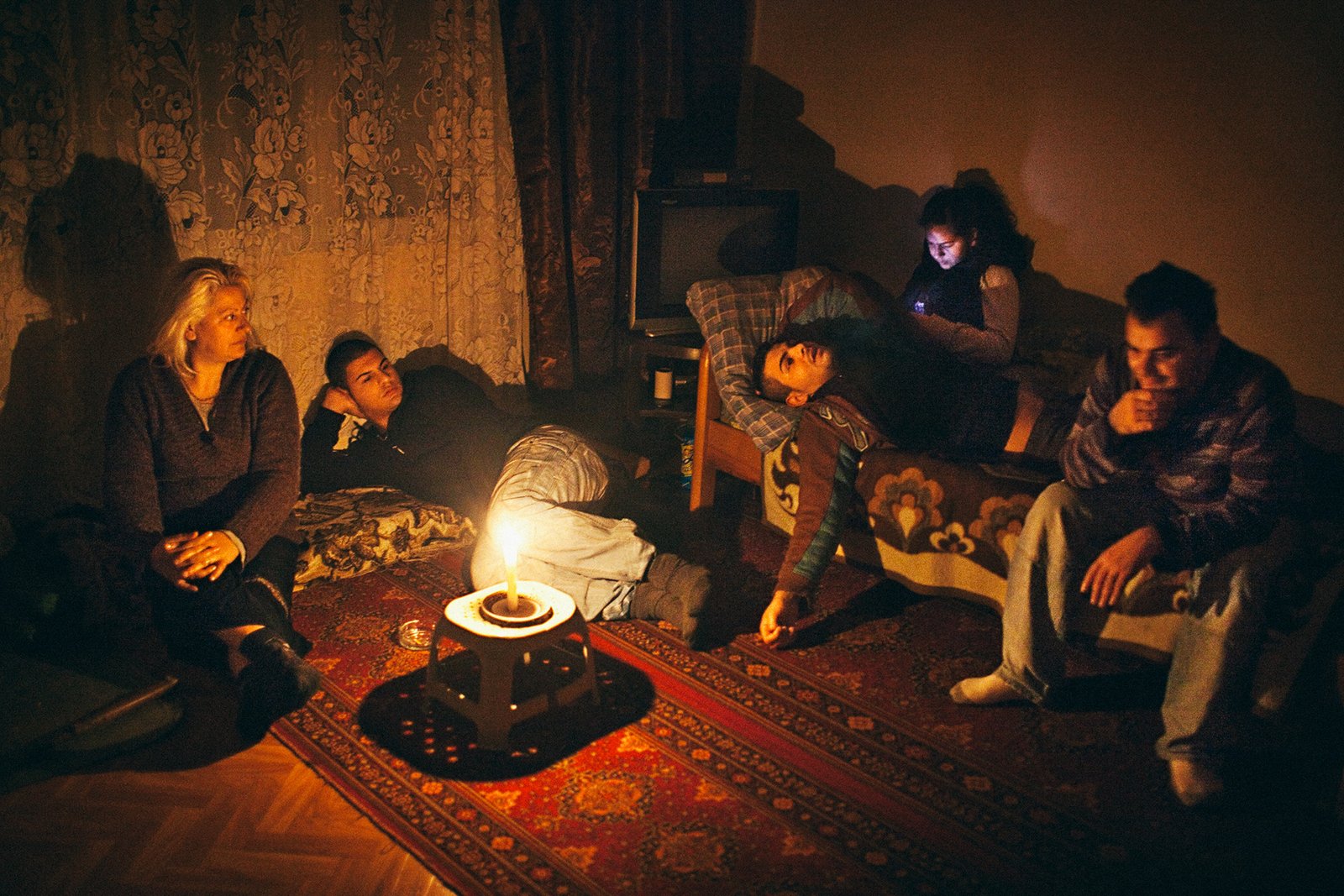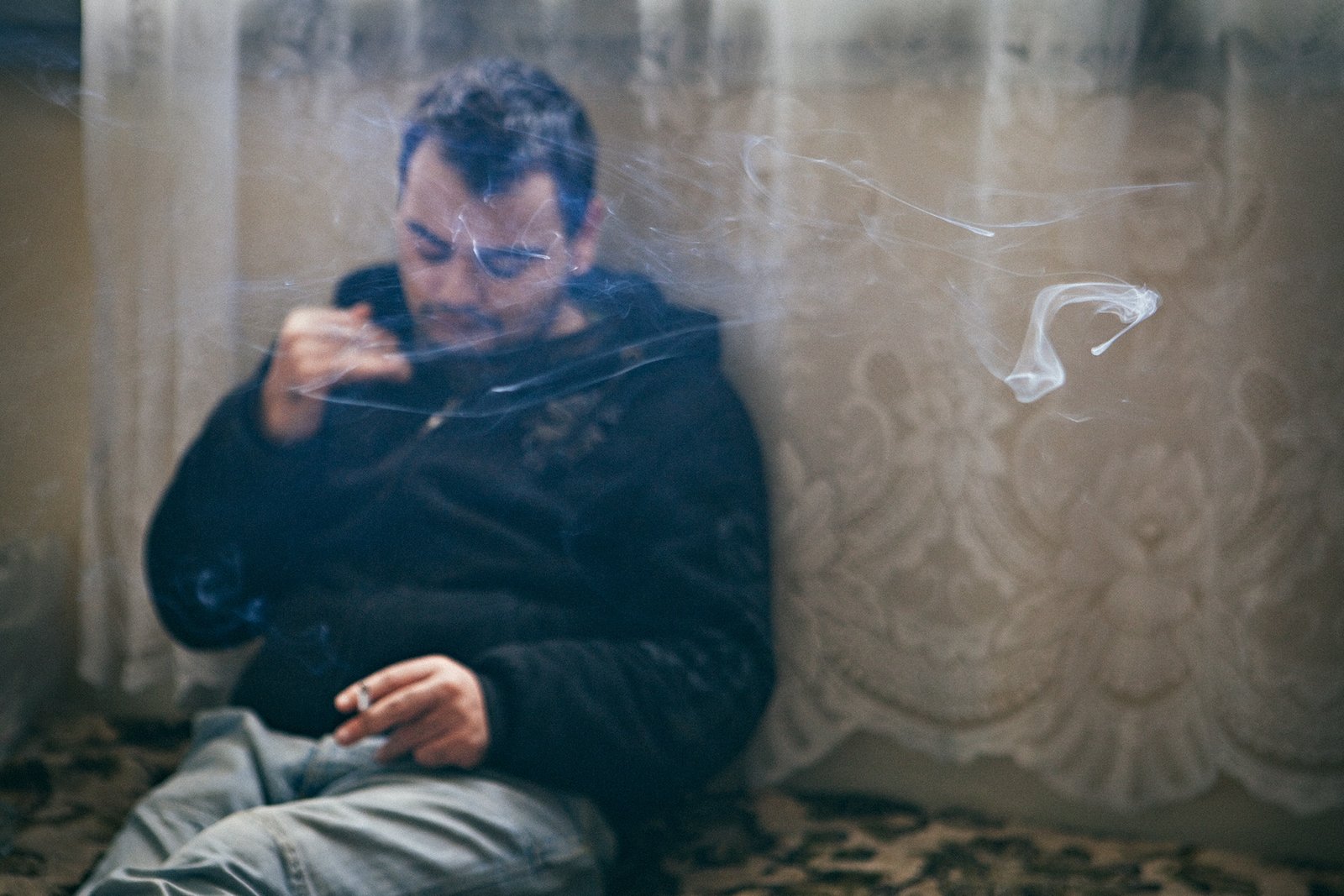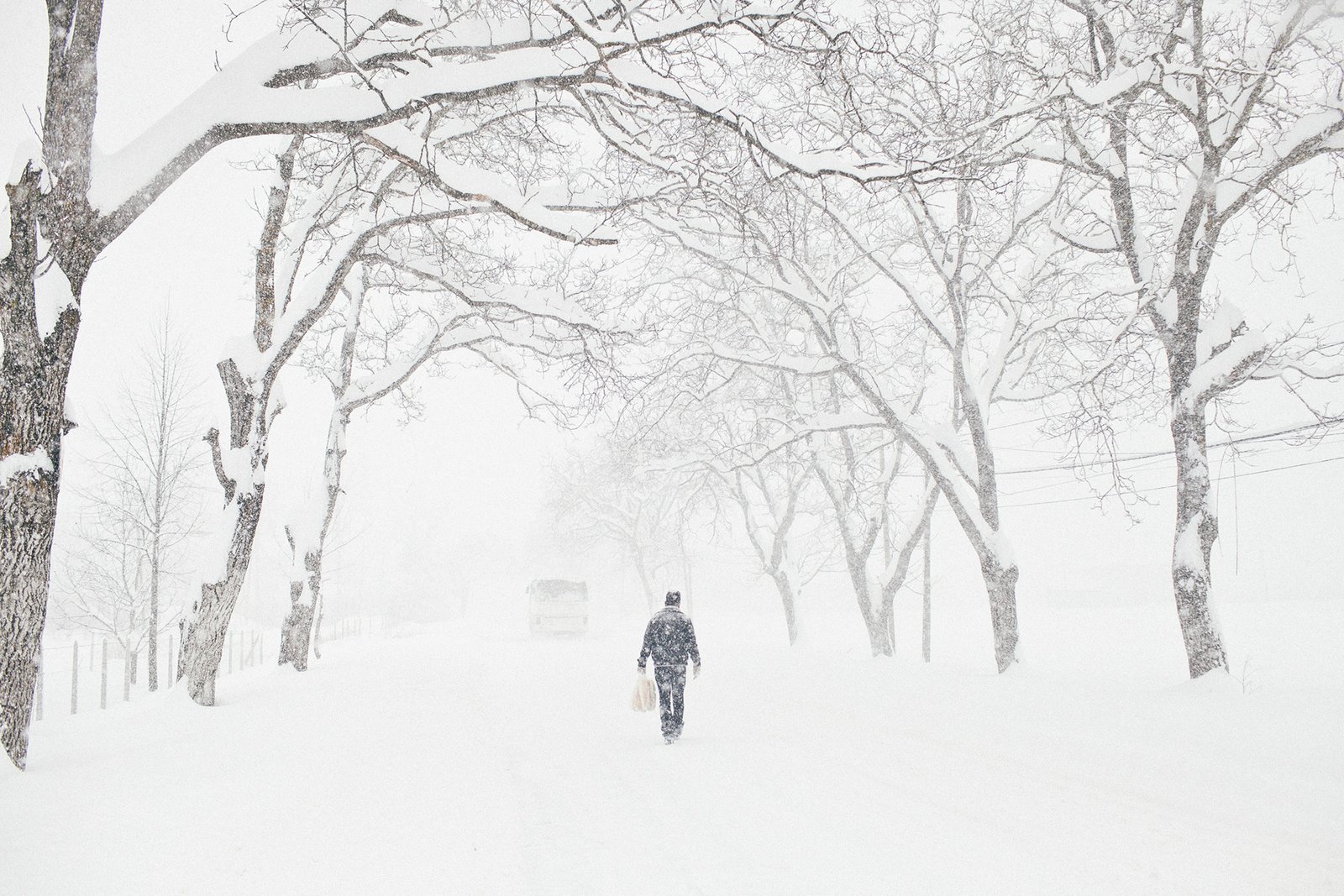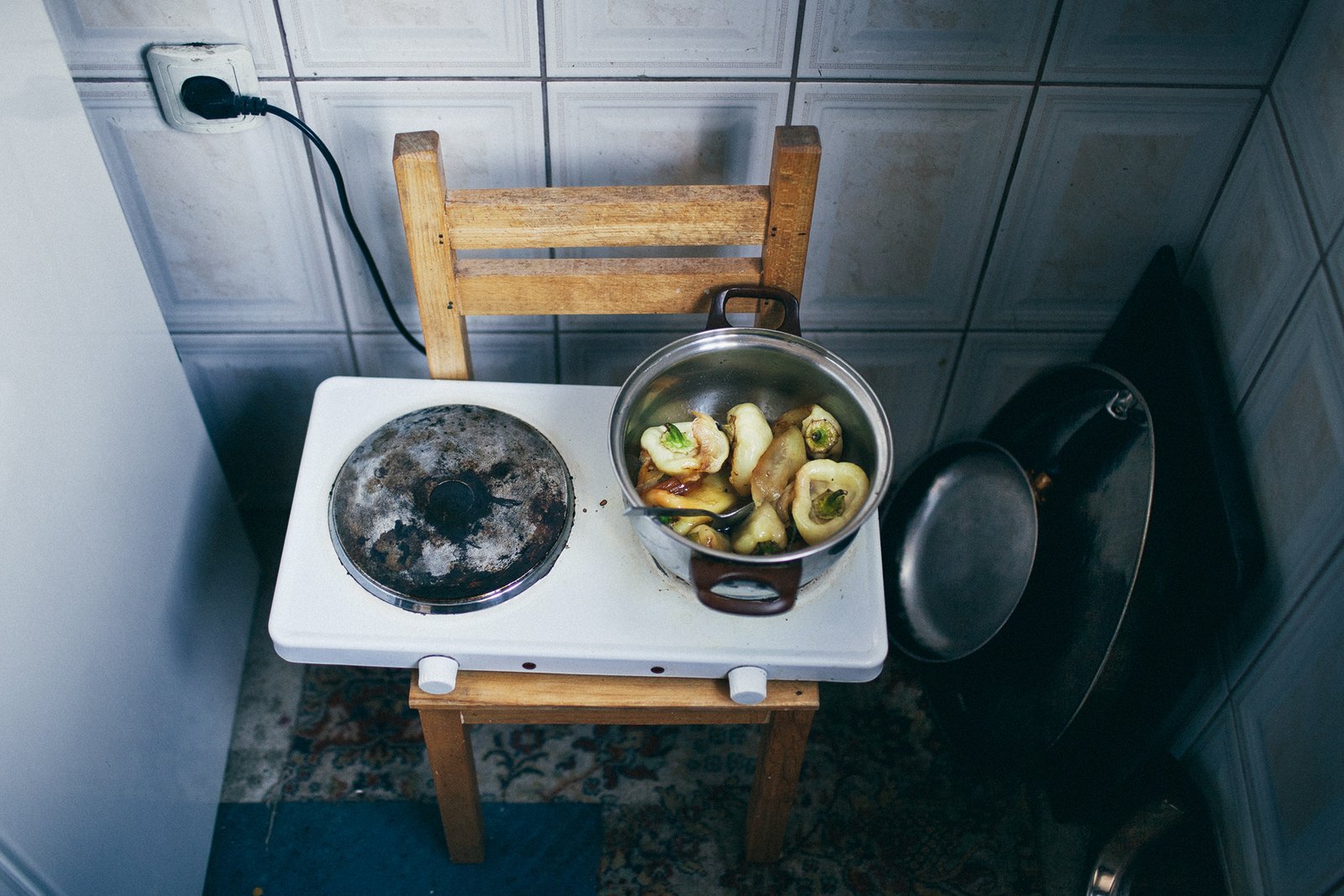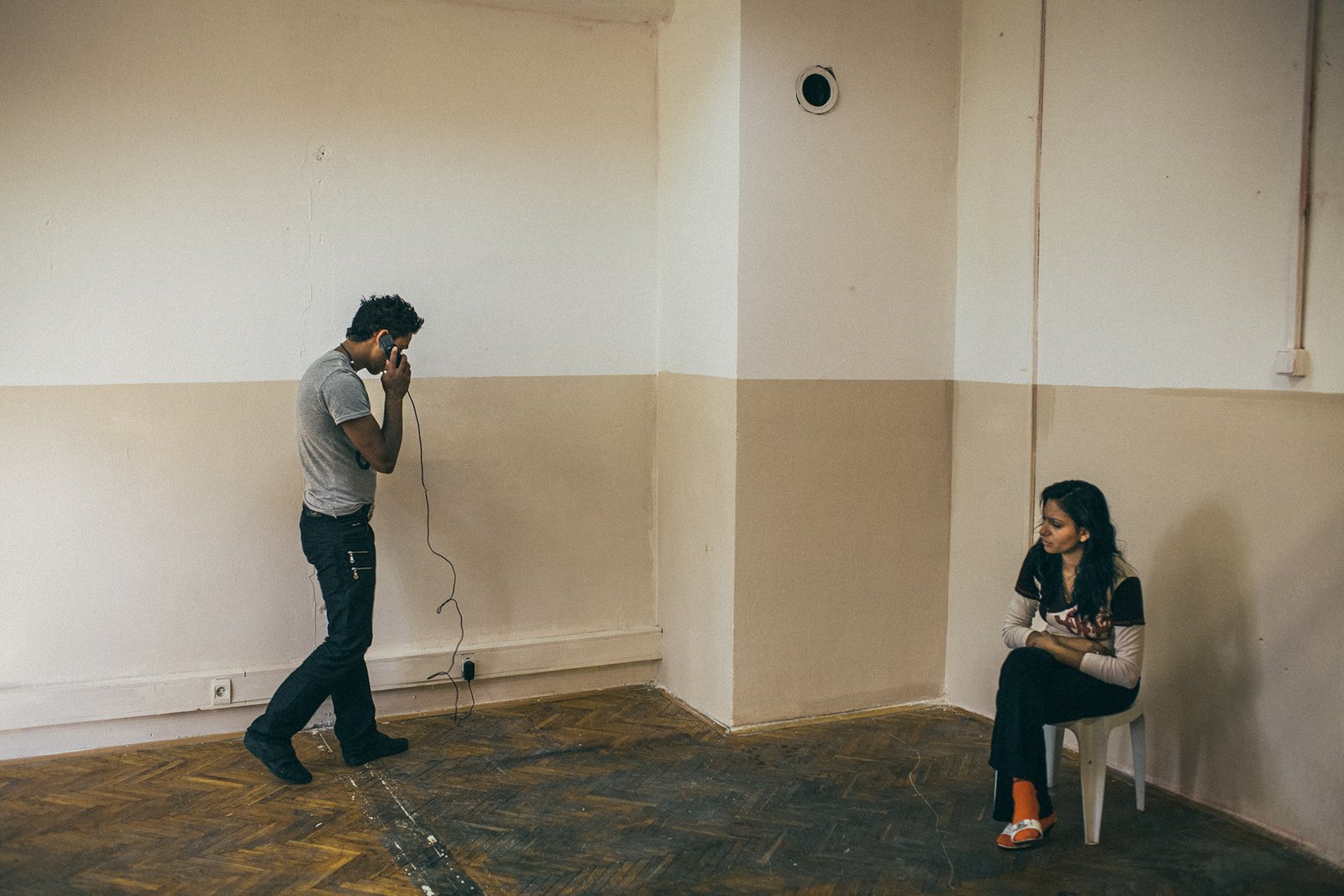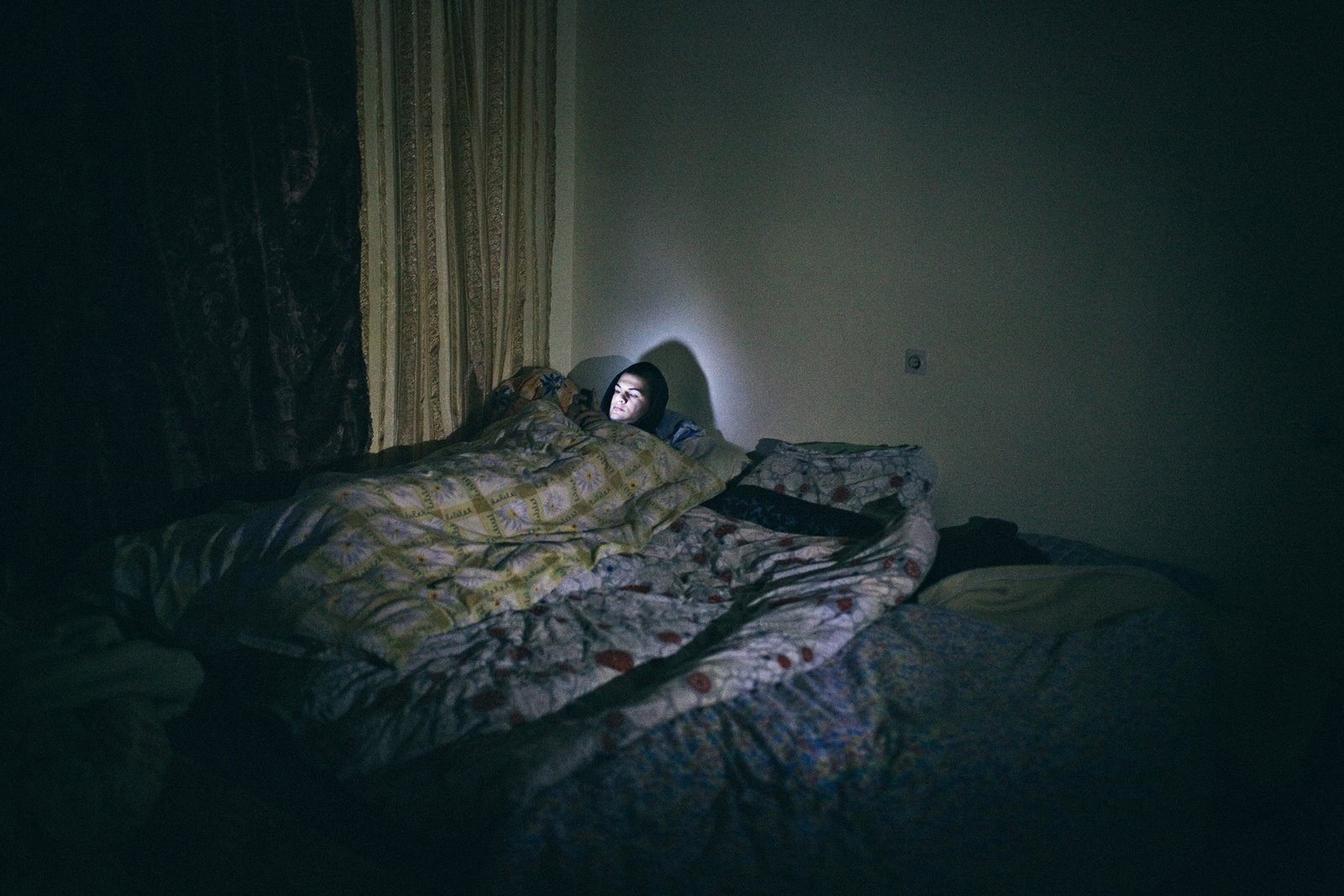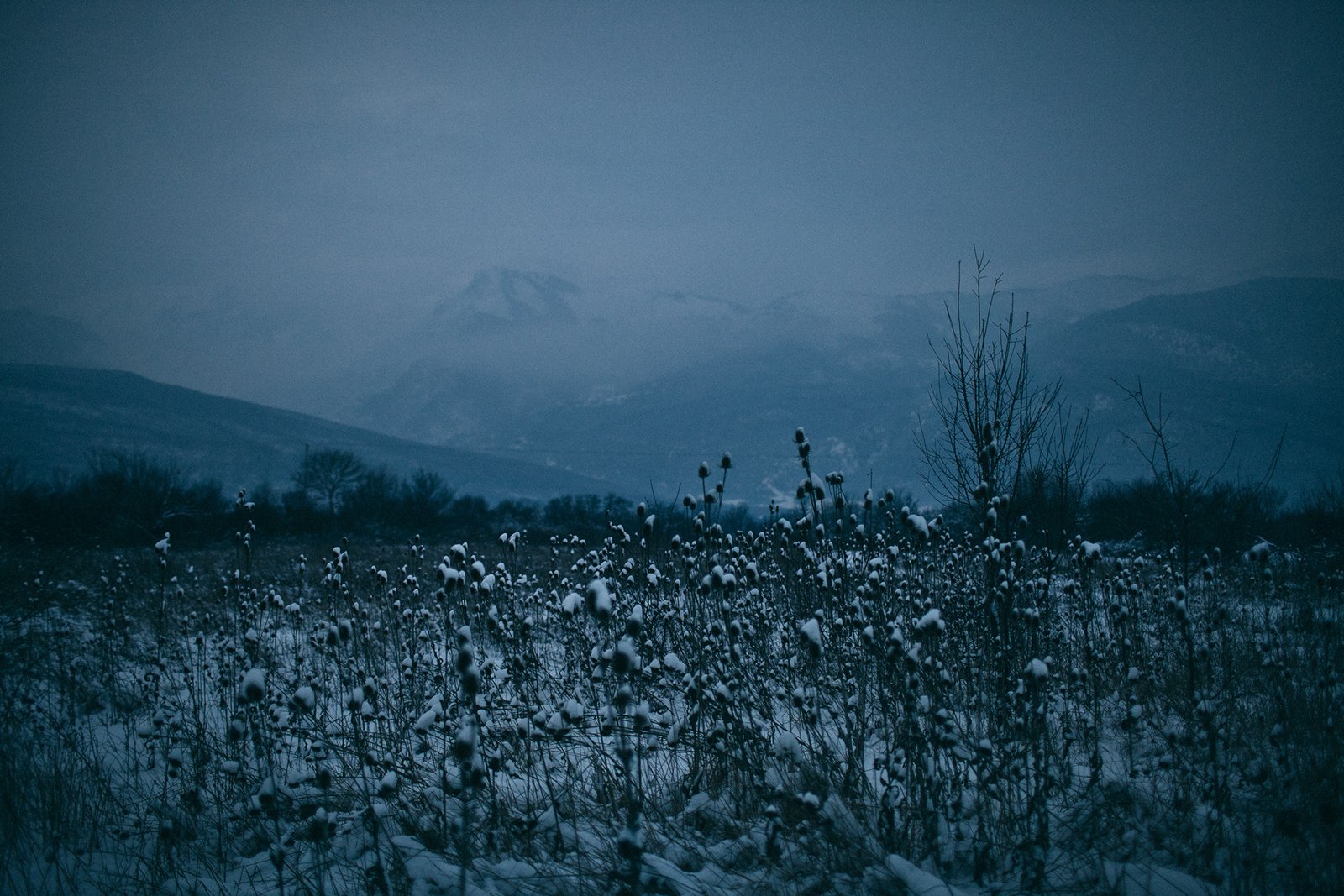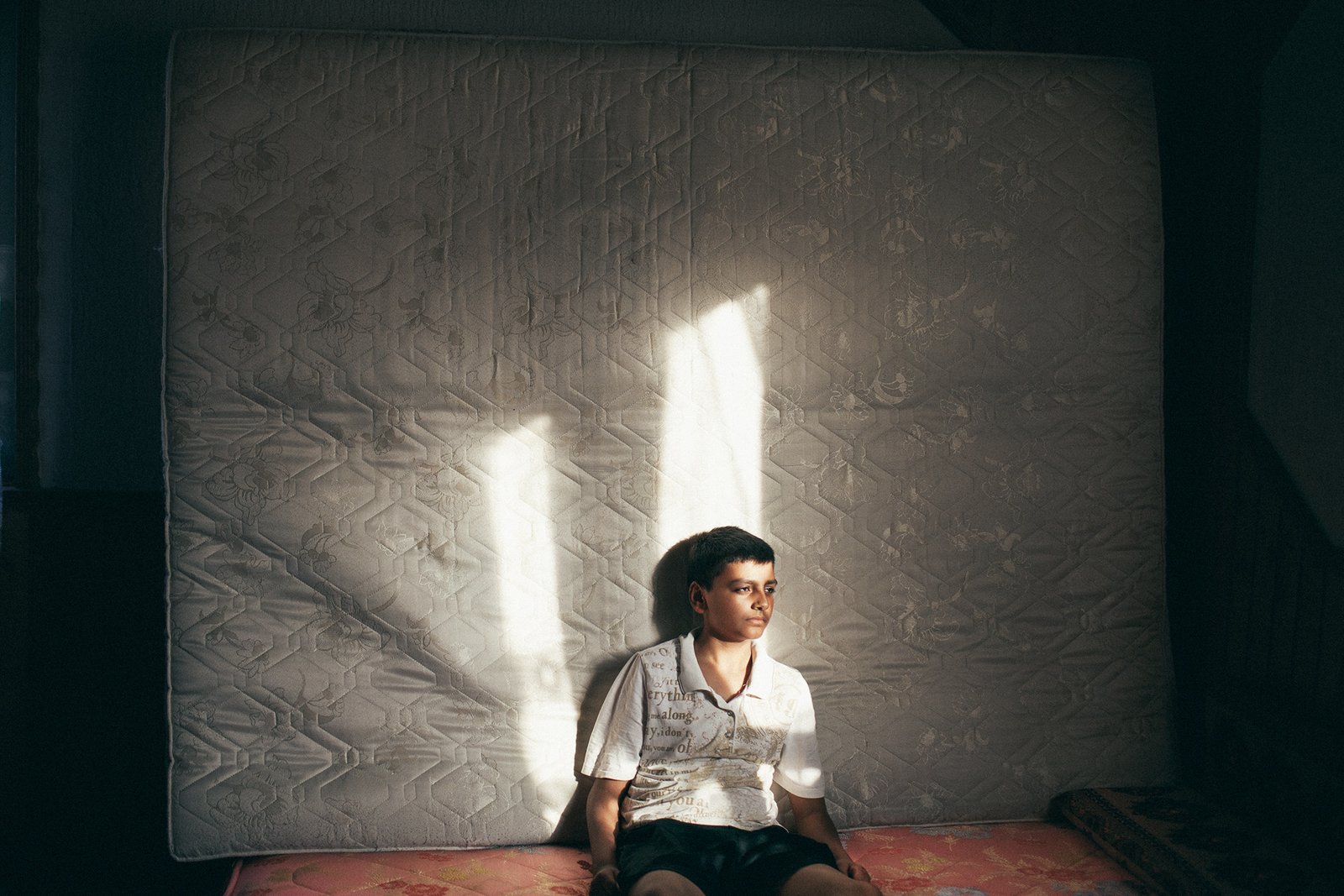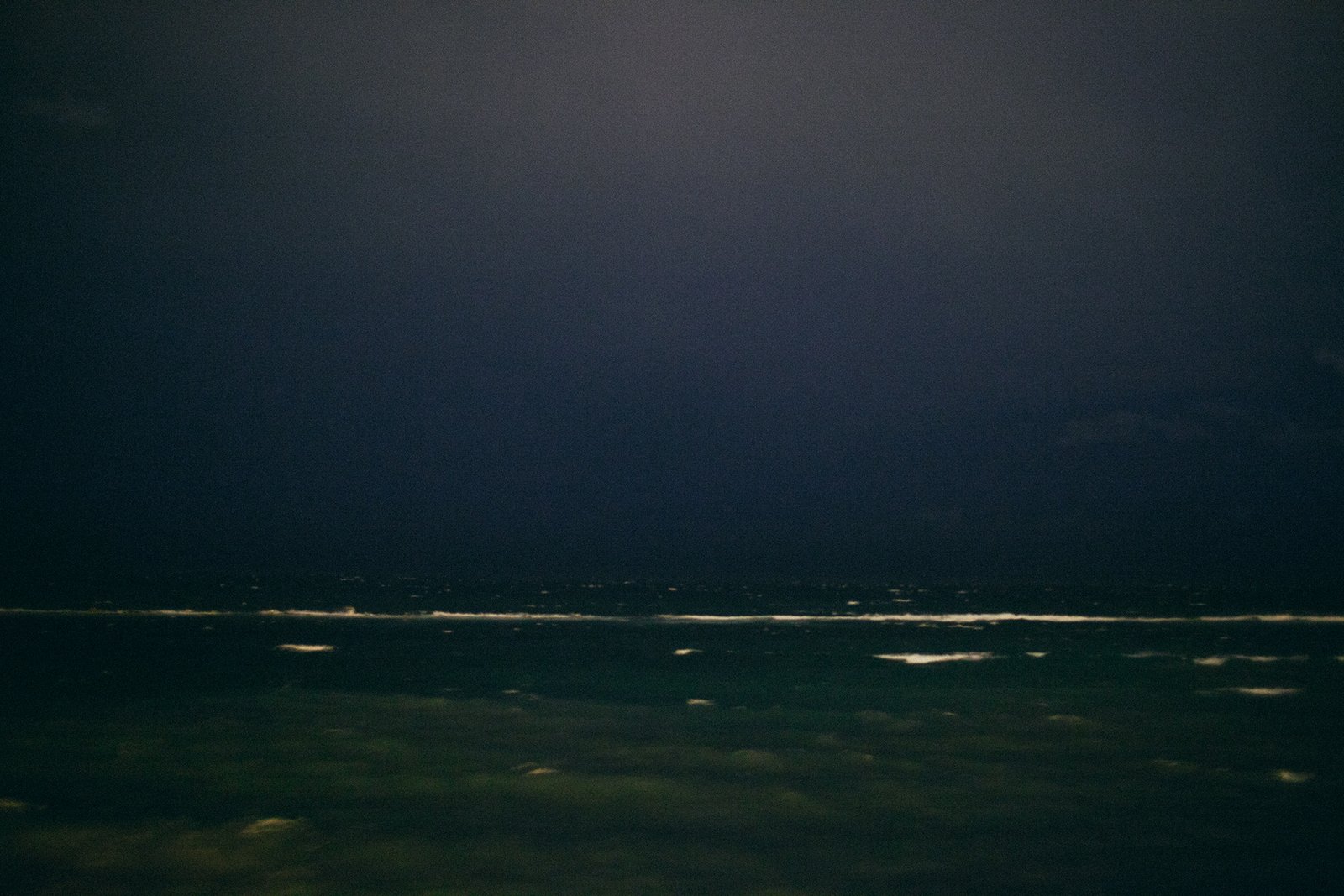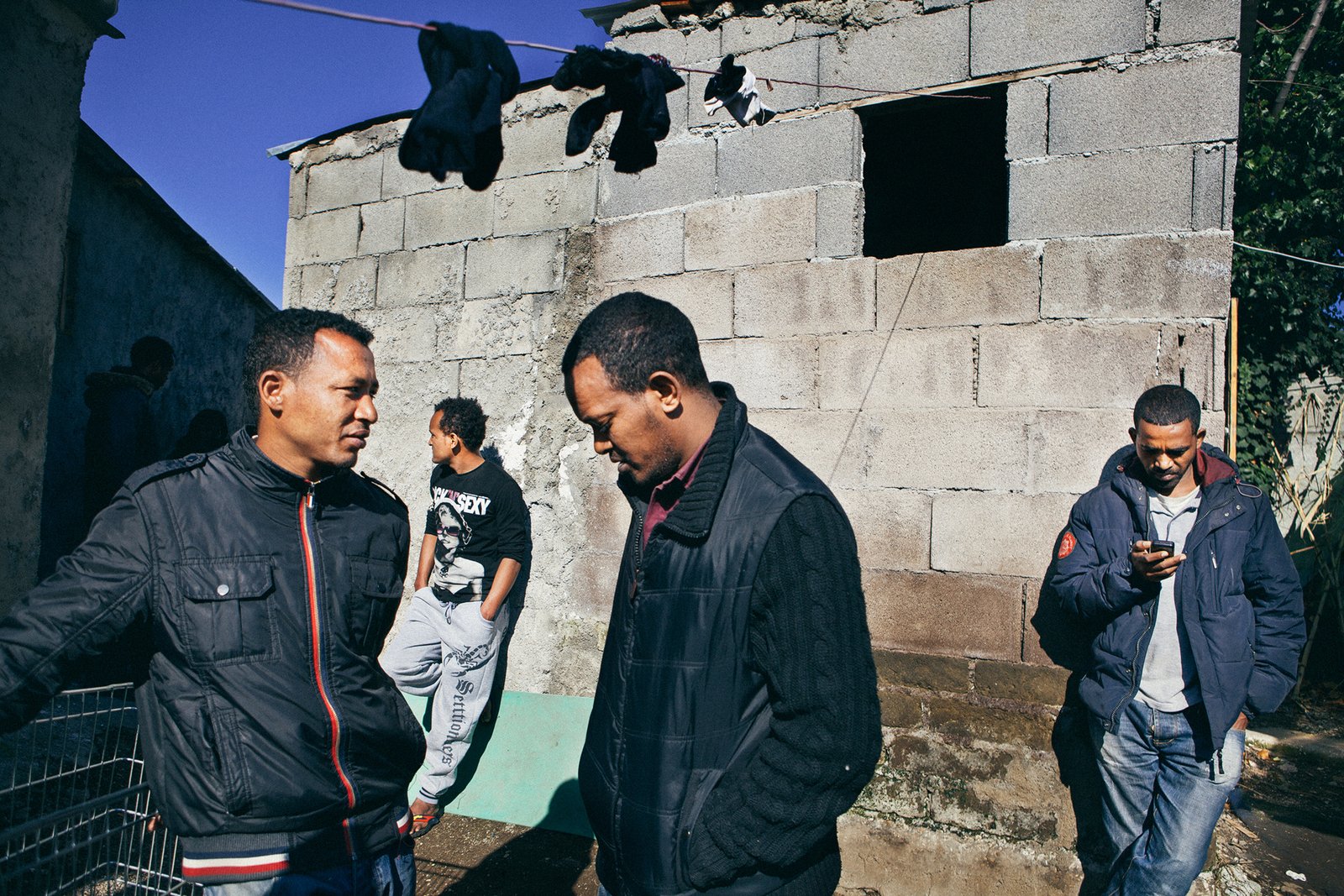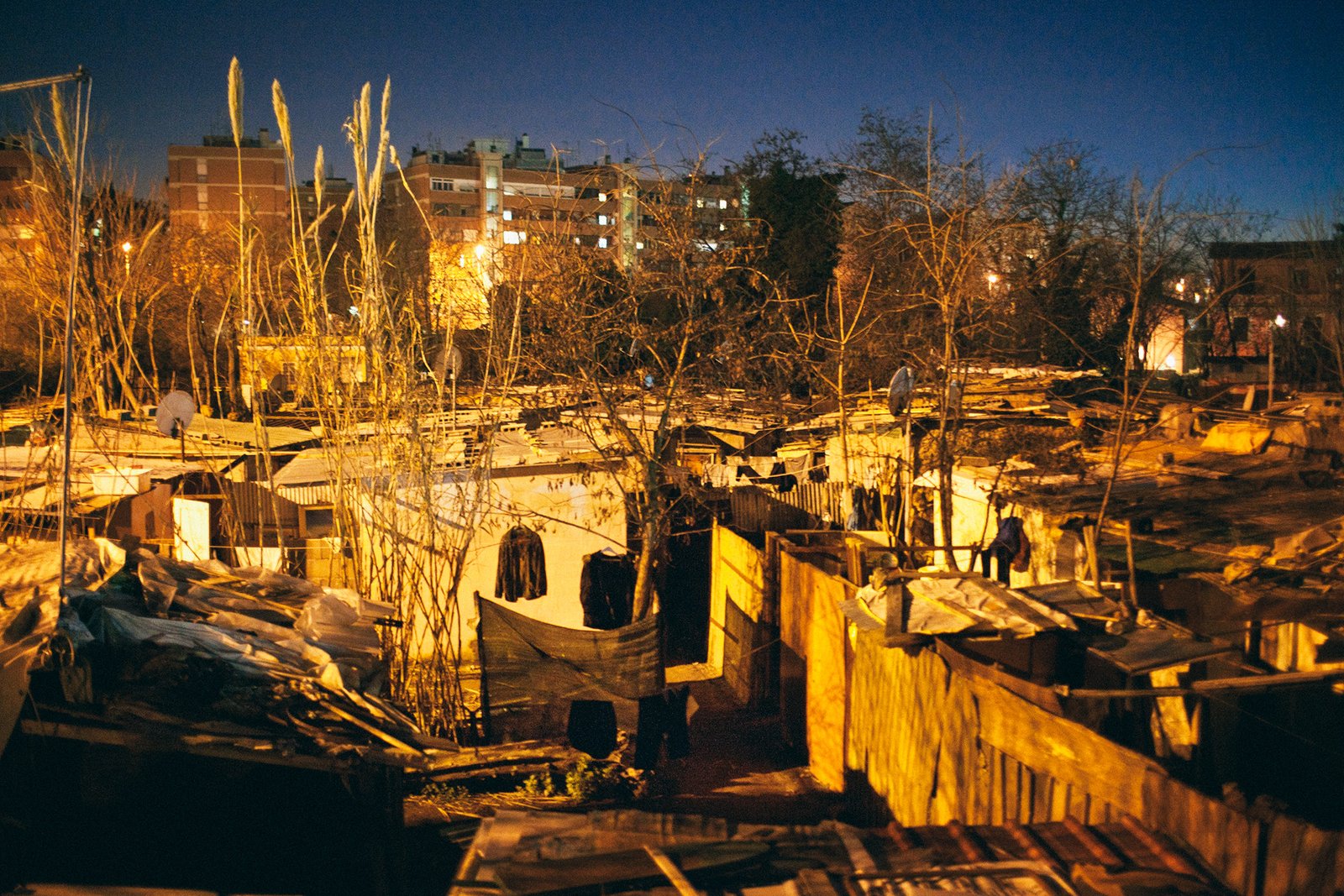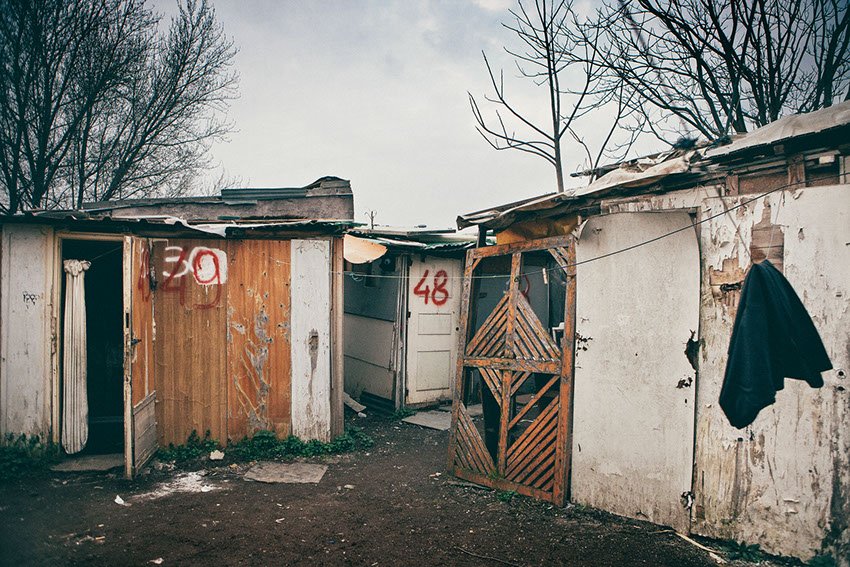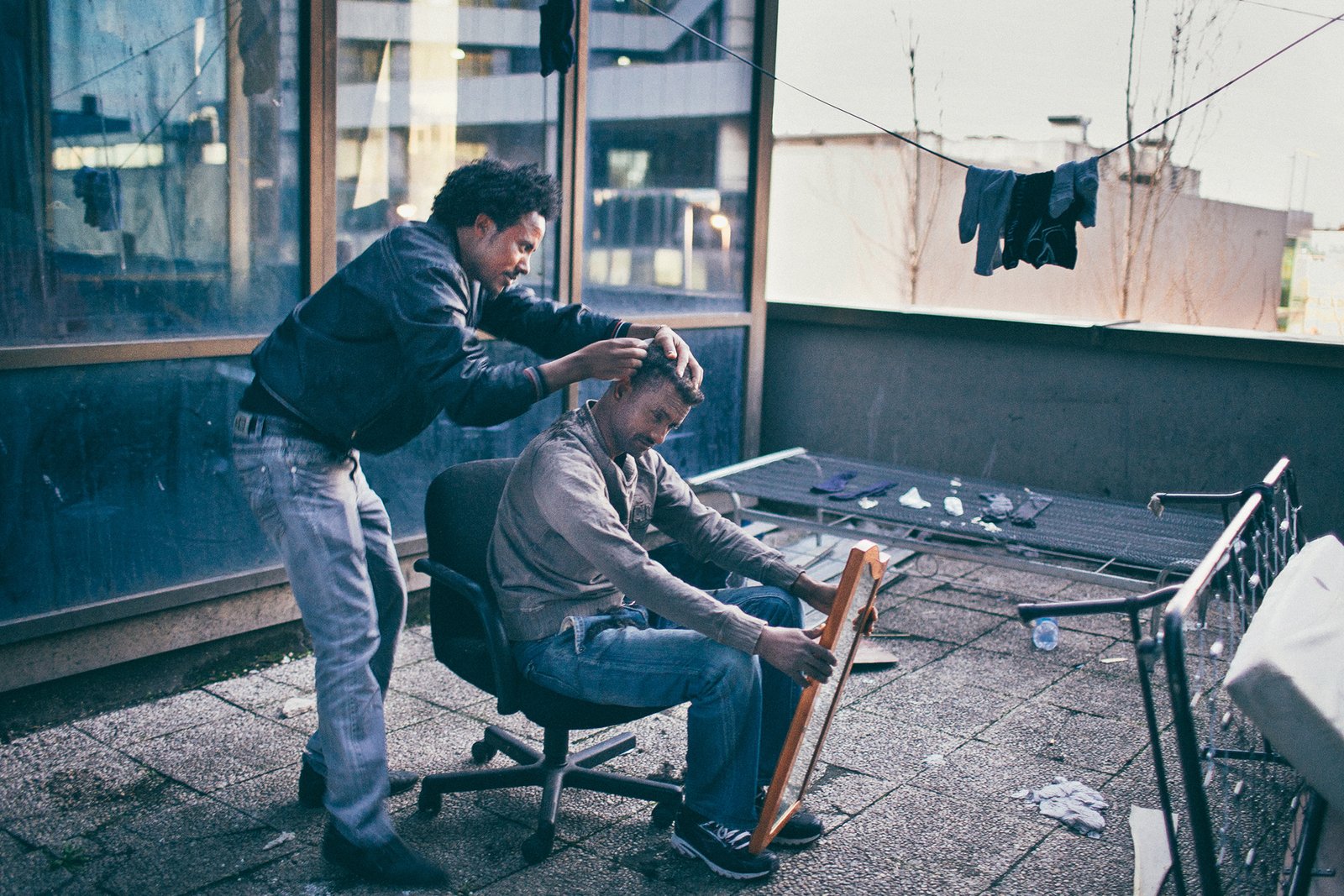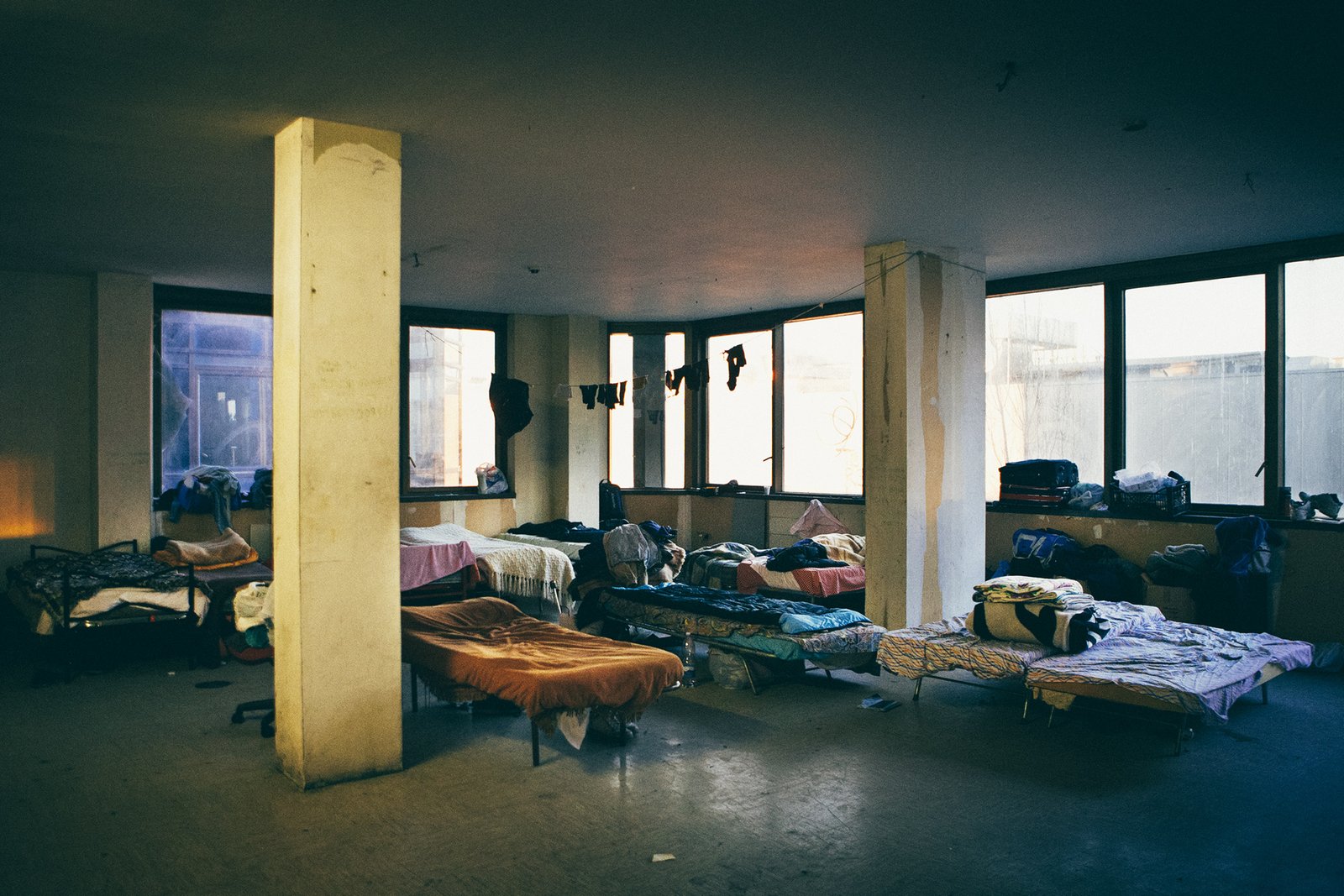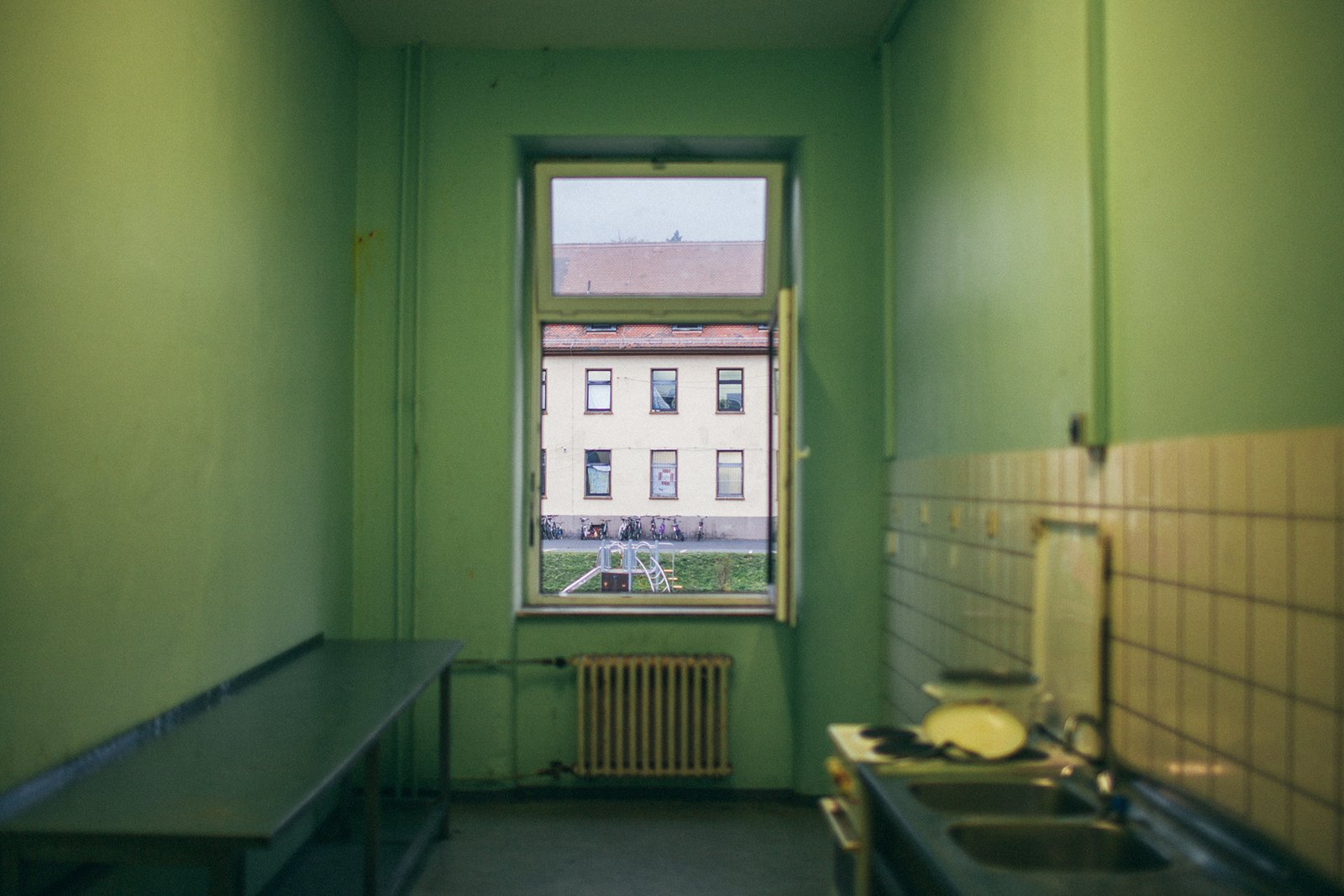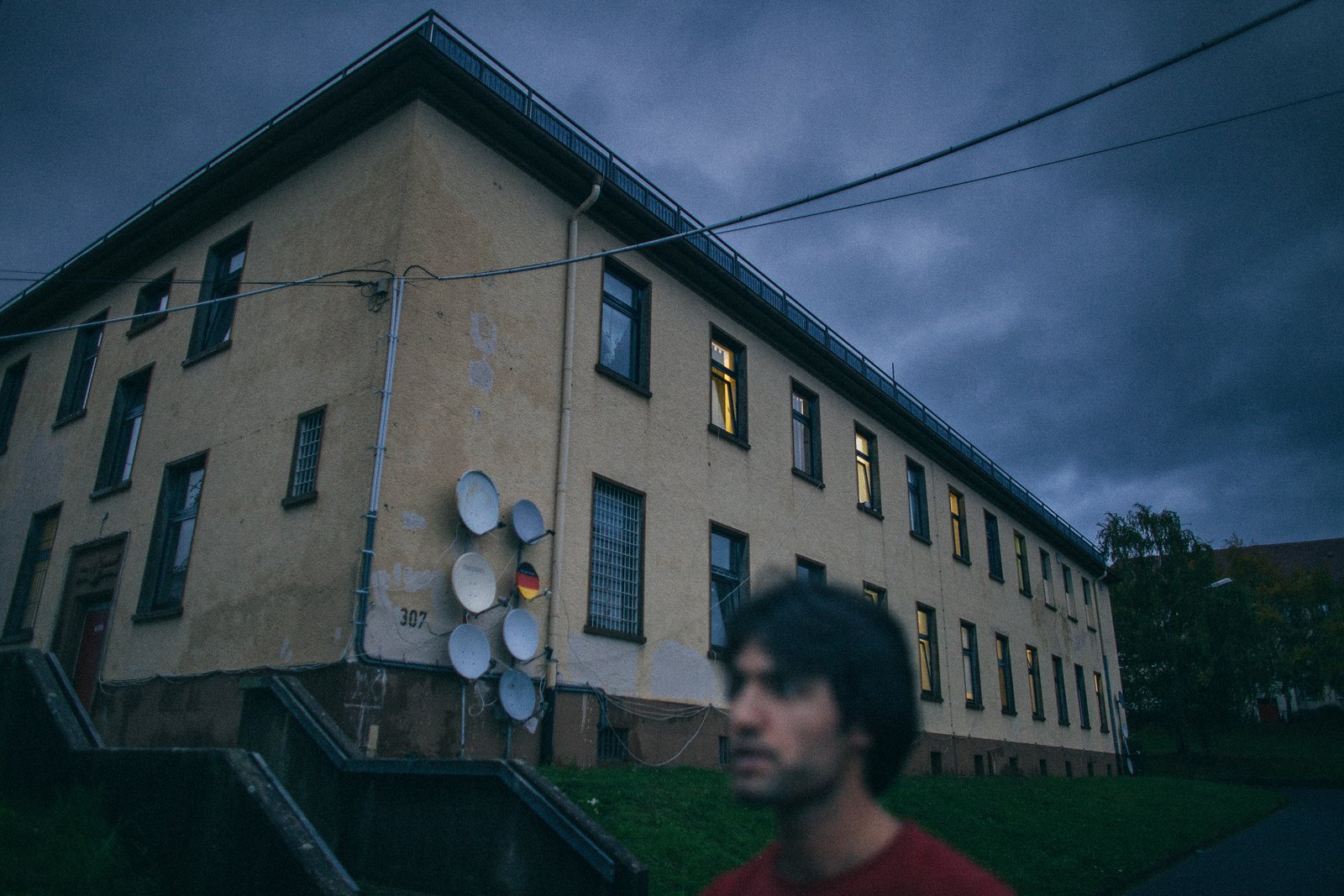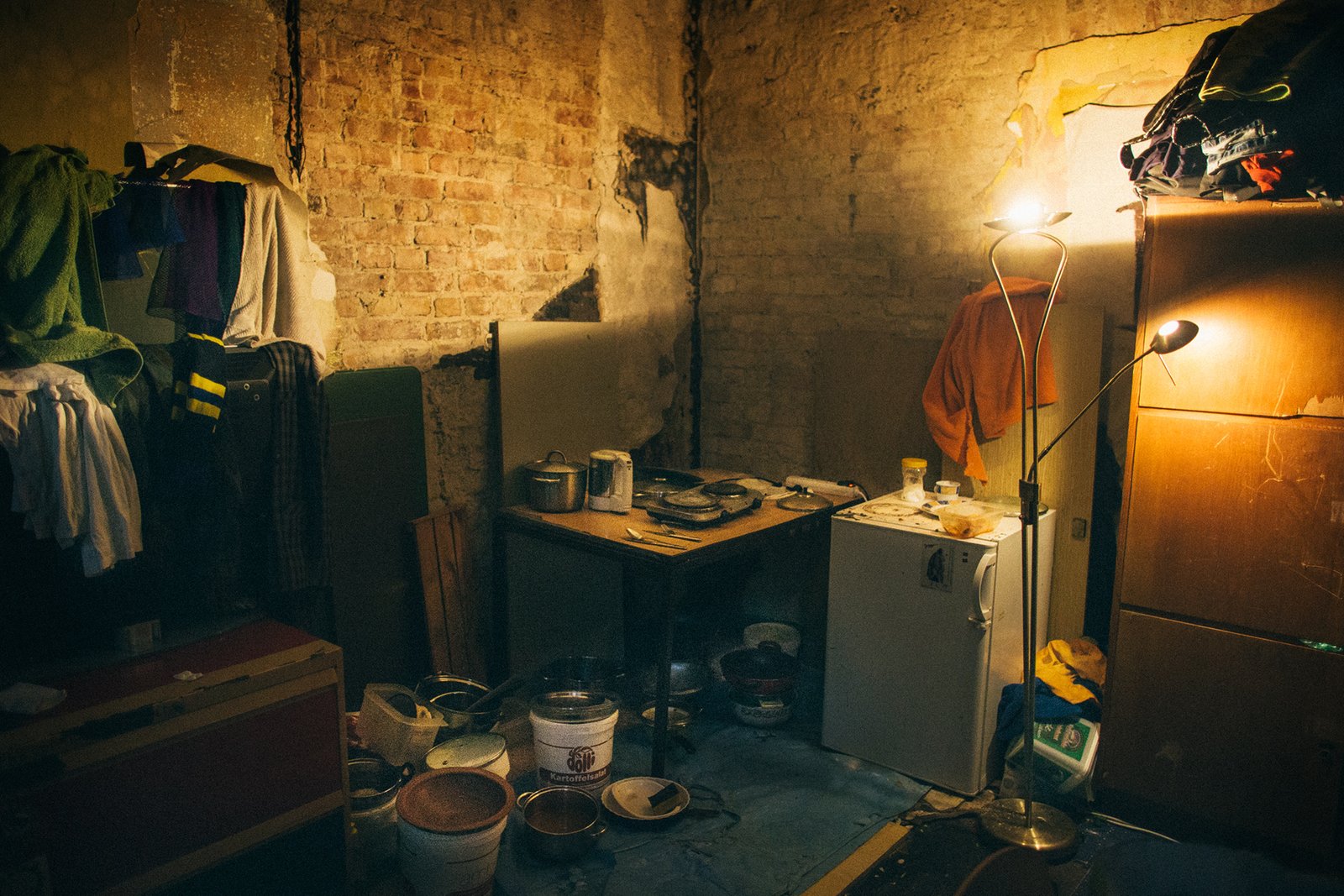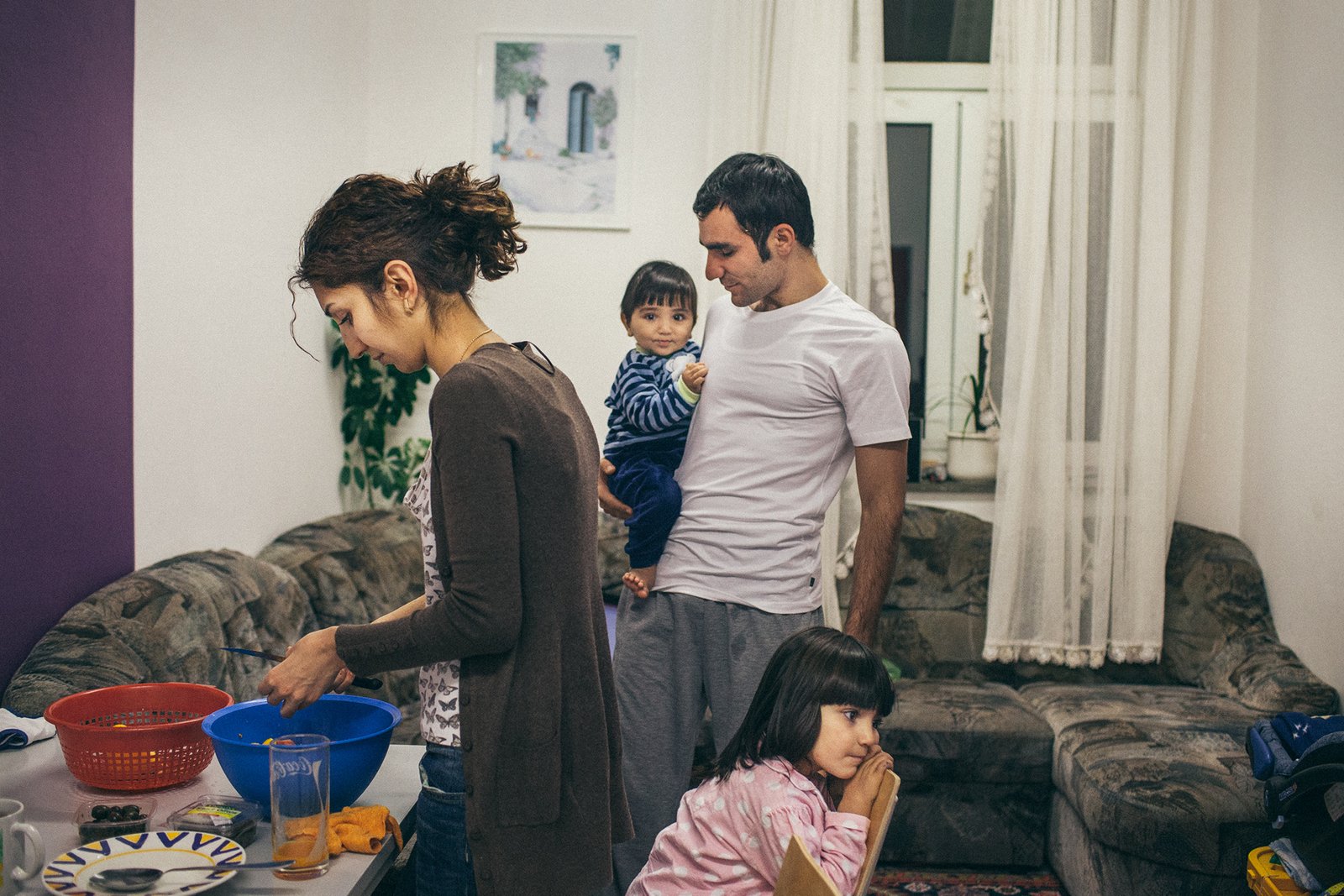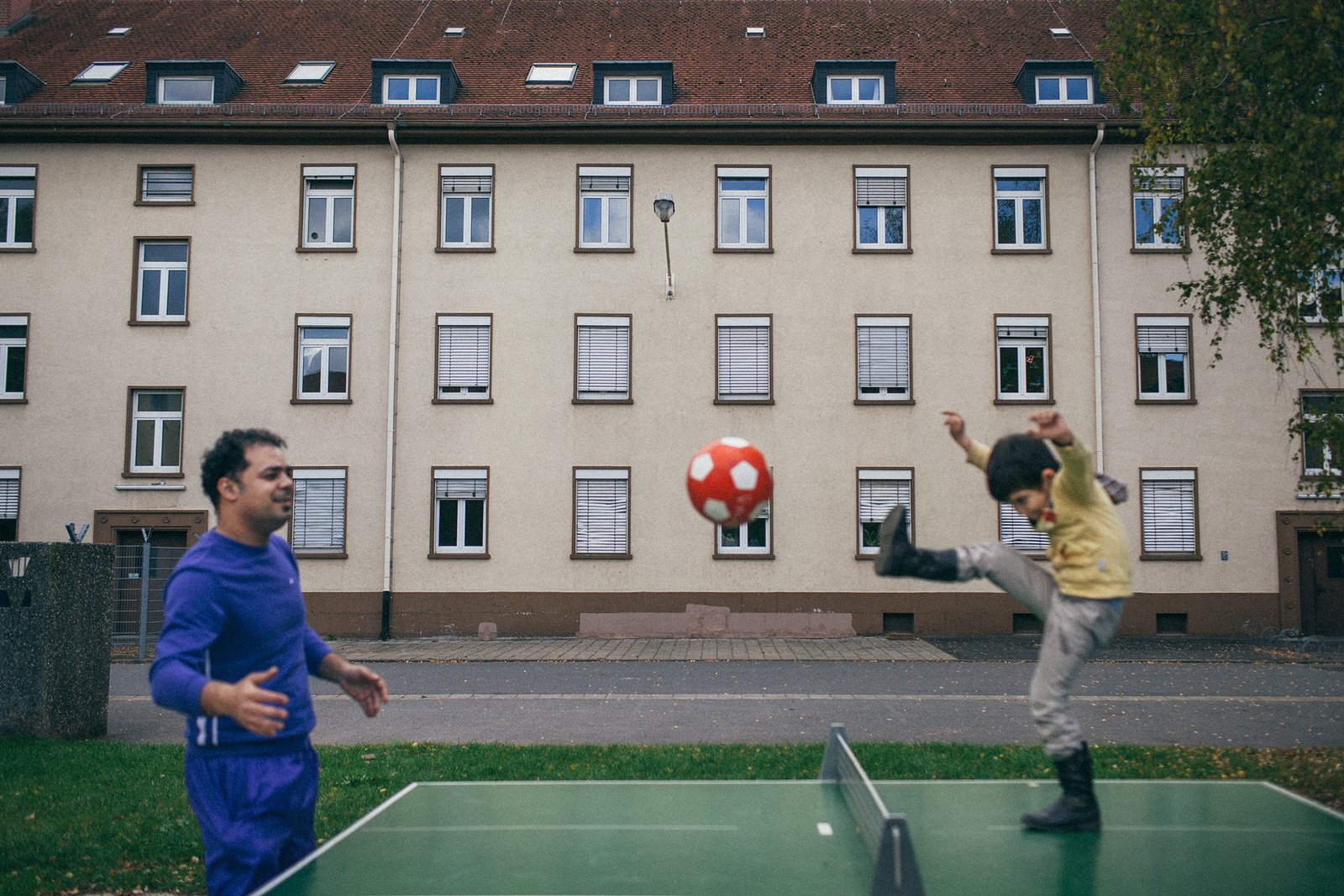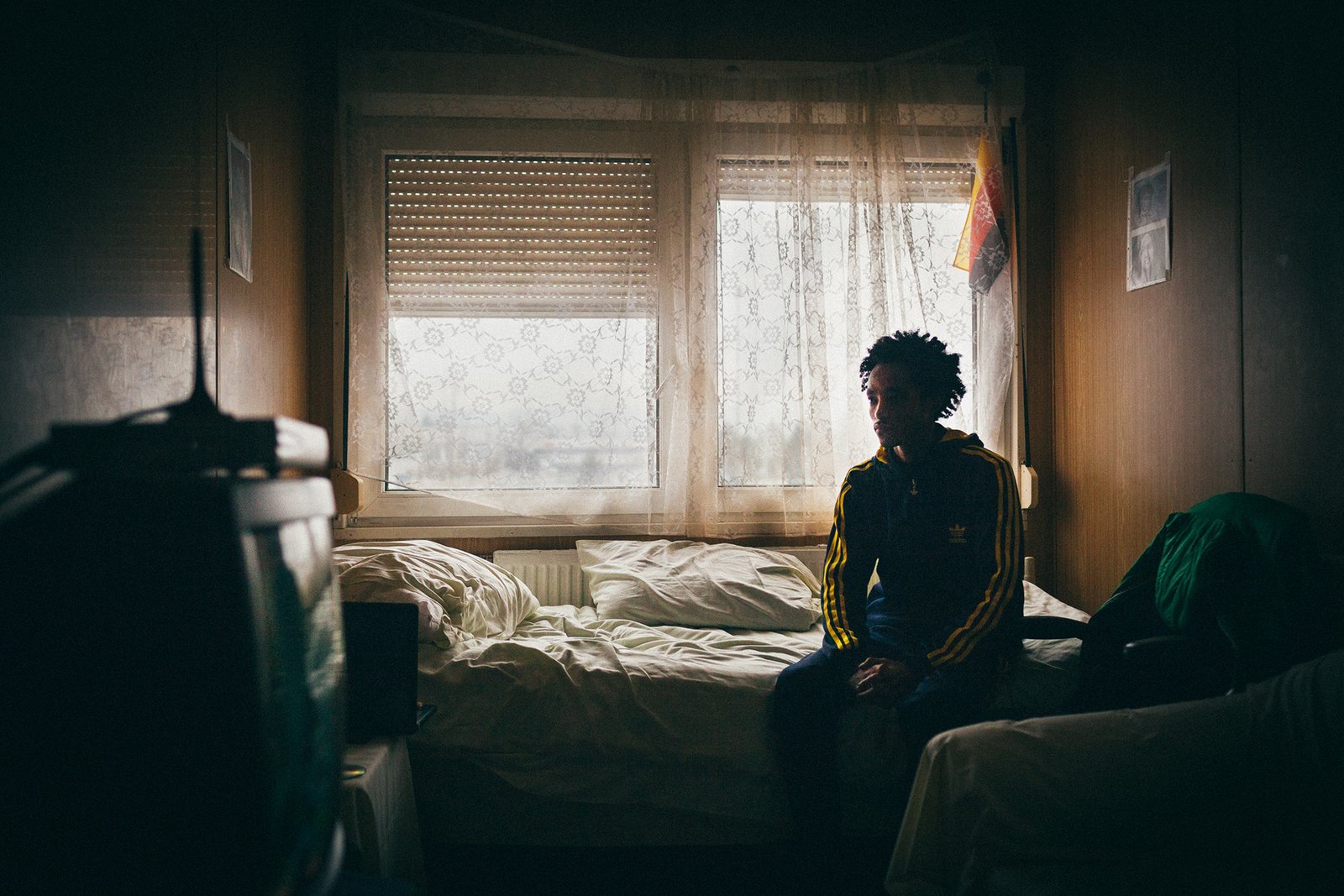Documentary photographer Hannes Jung, in his series Migration, examines the consequences of the European Migration Policy, through a thoughtful and intimate look at the lives of those affected.
International migration became one of the top policy problems for European governments in the late 90’s. The break-up of the Soviet Union and war in former Yugoslavia are among some of the main factors leading to an increase in clandestine migration and inter-ethnic tensions. From March 1998 until June 1999 Kosovo saw an armed conflict that became known as the Kosovo War, families that moved to Germany during the war were deported back to Kosovo after they had been living in Germany for 10 years (or even more). Children, who were born in Germany were forced to leave the country. Documentary photographer Hannes Jung, in his series Migration, examines the consequences of the European Migration Policy, through a thoughtful and intimate look at the lives of those affected. “I started the project in Kosovo where I followed a family which had been deported to Kosovo after they had been living in Germany for 16 years, most of their children where born in Germany. The author and I wanted to know how life was for the families there, what are the consequences of the (German) asylum policy, what does “home” mean?”
Jung’s Migration series, split into different chapters following African refugees in Italy where Eritrean refugees live under poor conditions on the streets of Rome, in self-built shanty towns and abandoned buildings. Jung met with several asylum seekers in Germany’s asylum centres, the Gerhart-Hauptmann-Schule in Berlin. Once a main school, in December 2012 several hundred refugees occupied the building and since then have been living in the building complex. Jung’s Migration series showcases the issues that the European Migration policy posed and the consequences of resettlement, his images are personal, intimate and capture private moments of their surroundings and day to day lives and is a stunning testament to Jung’s ability in long-form photo-journalism.
